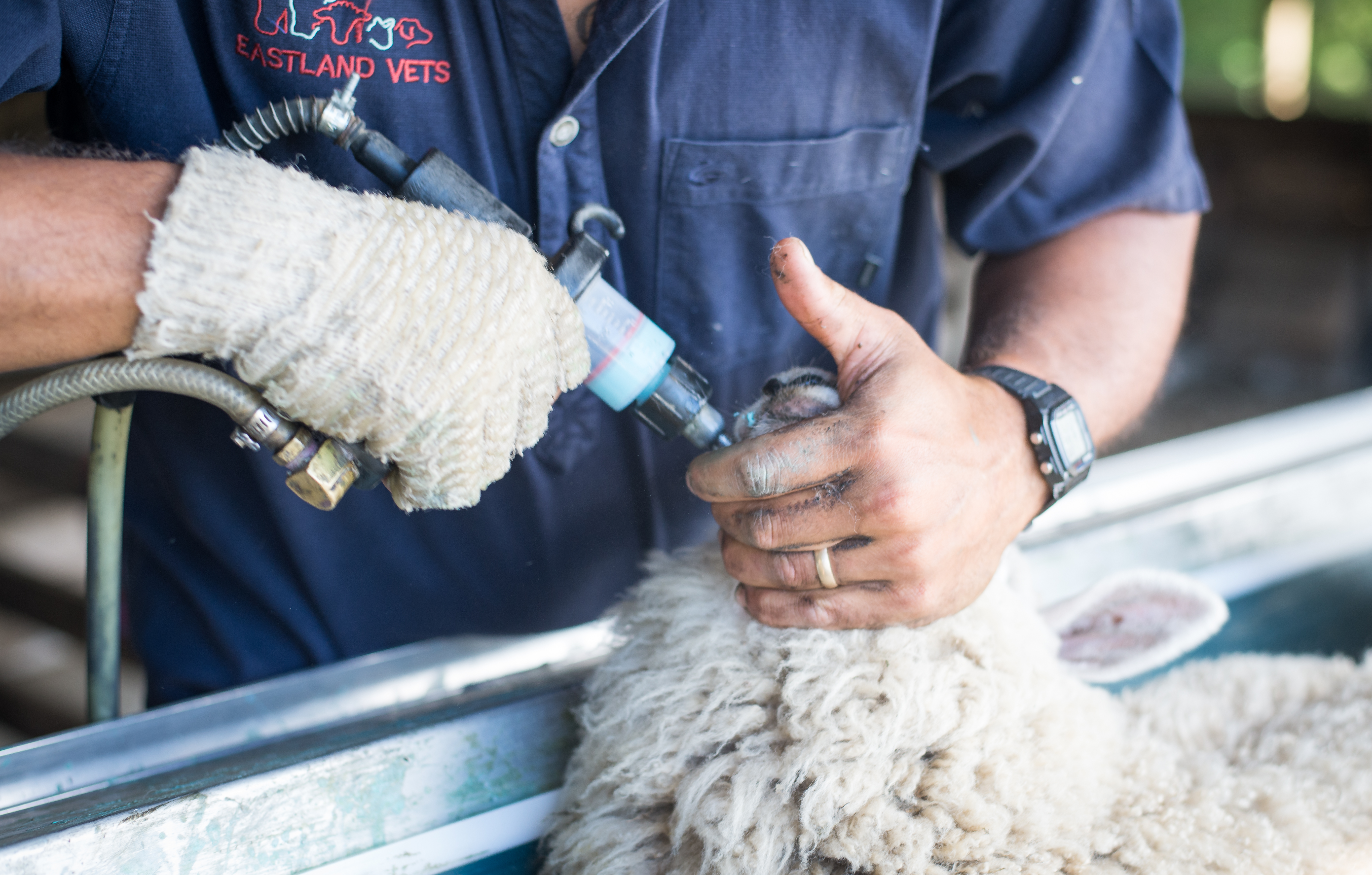743 Gladstone Road,
Gisborne 4040, PO Box 829
Phone - (06) 867 9405
Email - gisborne@evs.co.nz
46 Freyberg Street,
Wairoa 4160, PO Box 134
Phone - (06) 838 6099
Email - wairoa@evs.co.nz
<< News Headlines

A FECRT is currently the best tool we have for determining how well drenches work against the parasites on your farm at the time of testing.
The timing of the test is important to increase the chances of having all the important worms present in enough numbers to make the test reliable. There is a generalised seasonal change in the prevalence of worm larvae on pasture. The predominant changes are from Nematodirus in spring, Ostertagia in spring and summer, Haemonchus in summer and autumn to Trichostrongylus in autumn winter. In early summer warm weather worms such as Barbers pole (Haemonchus) may overwhelm cultures and it is not till later in autumn that colder temperature adapted worms such as Trichostrongylus are more prevalent.
We do not live in a perfect world and culturing to see which worms are present is the only way of knowing. This can cause delays and extra expense but is worth the effort to get the most out of your FECRT.
Eastland Vets has stuck to the protocol used in the National survey from several years ago for consistency and as best practice so results can be compared to a base. This protocol uses a control group which is important to eliminate error from animals self- curing. Self-curing is when young animals develop a functional immunity to parasites and can reduce egg output, expel worms and reduce establishment of incoming larvae. Under these circumstances egg counts can drop significantly without the animals having been drenched. If you don’t have a control you could miss this effect.
We also use individual action families (BZ, Levamisole and ML) as you can calculate the expected efficacy of combinations of these actives from the test results. It could be argued that single actives are no longer used and why not test combinations and novel actives. We are happy to do this especially where there is a history of a previous FECRT.
The main result you as a farmer are concerned about is, does my current drench work and what options do I have for future use. Every time you add an action family to the standard FECRT extra time and cost is added and you require more animals. When this happens, we need to ask the question, what action family do we drop to keep cost down.
We are very happy to discuss the options of what families to test and tailor a FECRT to your farm and history of product usage.
Suggested programmes might be a control, an ML, a double and triple combinations plus one or both novels.
Among the double combination you also have the option of a BZ/Lev and ML/Lev or both.
Ultimately, we are aiming to get the most useful information without testing unnecessary actives and keeping the cost and time requirements within reason.
John Meban (BVSc)
